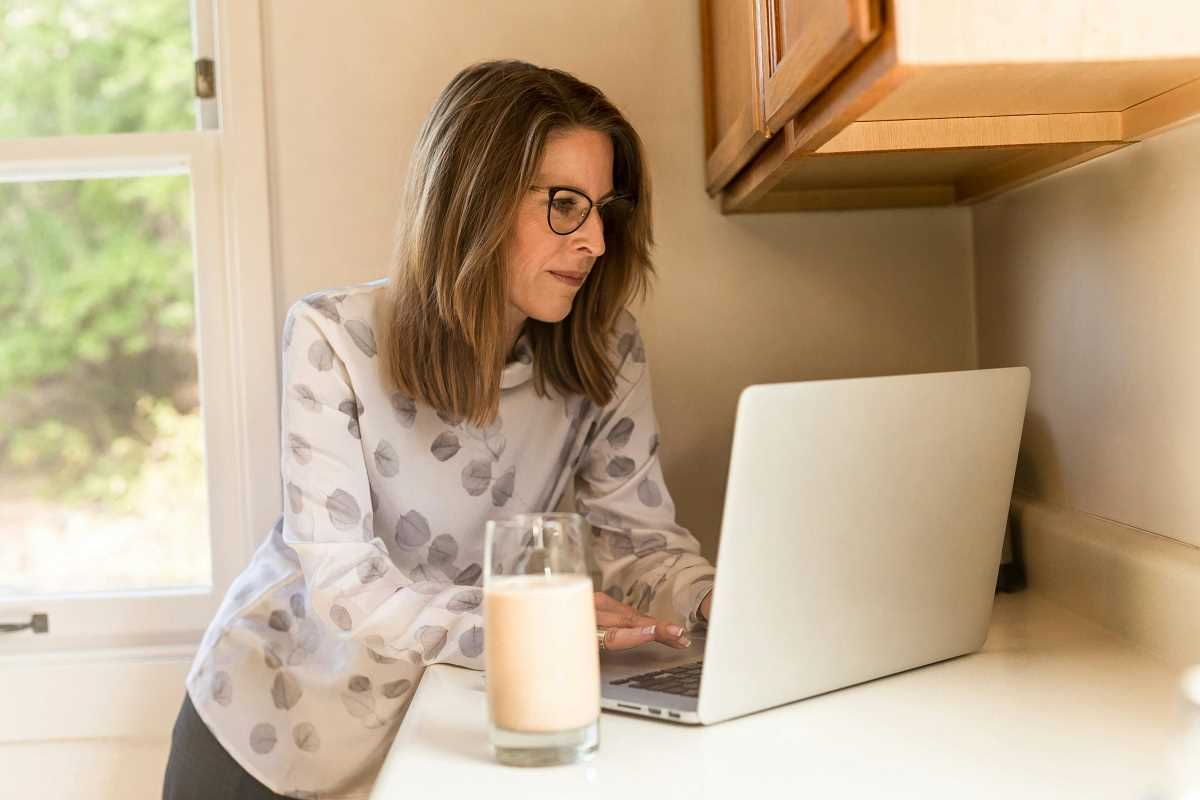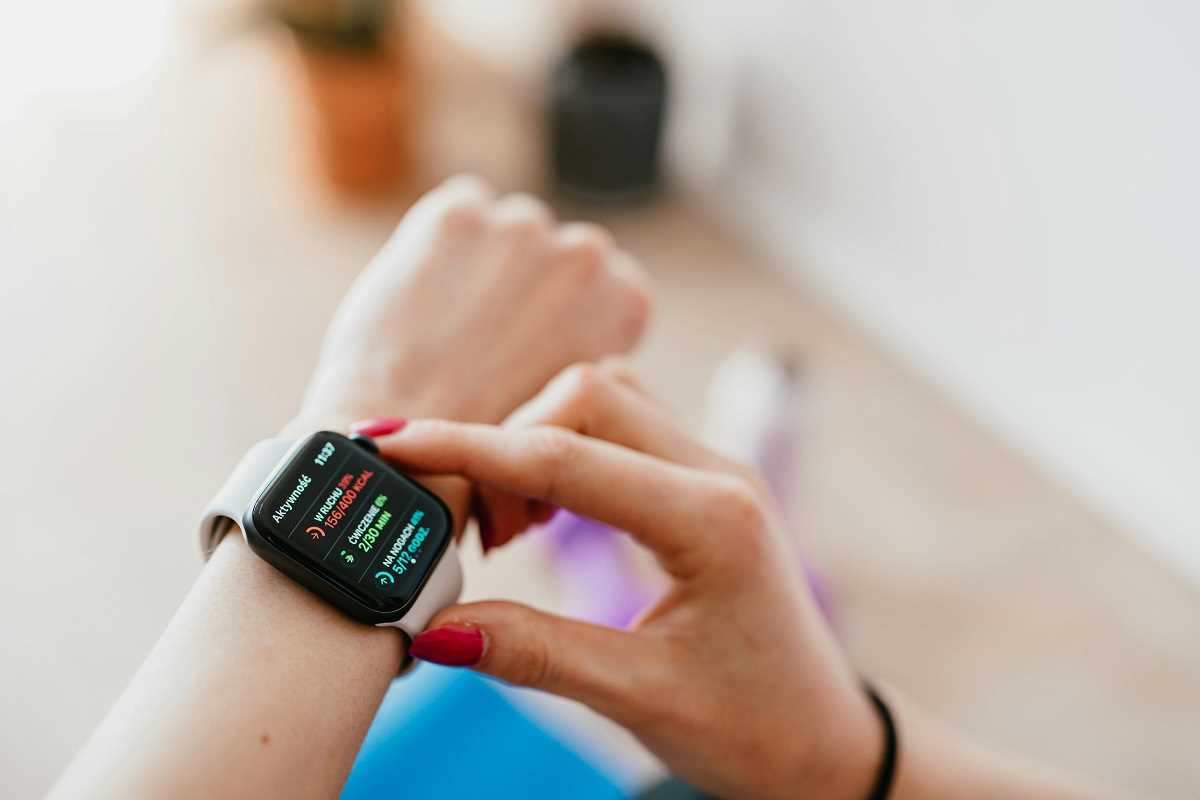Picture this: You wake up feeling a bit under the weather. Instead of making a call to schedule an in-person doctor’s visit, driving to the clinic, and waiting in a room full of strangers, you open your laptop, connect with a doctor online, and find answers to your medical concerns without leaving the comfort of your home. Sounds convenient, doesn’t it? This is the promise of telemedicine, and for many older adults, especially women, it’s opening up a world of healthcare possibilities.
Telemedicine is reshaping the way we think about and access healthcare. Not only has it become an essential tool during emergencies like the COVID-19 pandemic, but it’s also proving to be a game-changer for older adults.
But how exactly is telemedicine impacting the lives of women like you? What challenges does it solve, and where does it fall short? Let's take a closer look at how telemedicine is helping older women lead healthier, more independent lives while tackling some of the roadblocks that come with it.
Telemedicine 101
Before we talk about the impact, let's break down what telemedicine actually is.
Essentially, telemedicine is healthcare delivered remotely using technology. Instead of visiting a doctor’s office or healthcare facility in person, you consult with healthcare professionals through a video call, phone call, or even text-based chat. These virtual consultations can cover everything from diagnosing illnesses and managing chronic conditions to providing mental health support.
For women living in rural areas, or for those with mobility challenges, telemedicine offers a convenient alternative. You can connect with specialists who might not be nearby or schedule follow-ups without dealing with the hassle of traveling to an office.
Why Telemedicine Matters to Older Women
Older women face specific healthcare challenges that telemedicine is uniquely poised to address. Here's how:
Convenience for Busy Lives
Many older women are caregivers for their families, whether it’s looking after aging spouses, supporting adult children, or playing an active role in grandkids’ lives. This can make scheduling time for their own doctor’s appointments tricky. Telemedicine offers the flexibility to squeeze in a quick consultation during a free moment.
Reduced Mobility Struggles
Getting to a doctor’s office isn’t always easy. Whether it’s physical limitations, transportation issues, or just the hassle of managing long waits, telemedicine helps solve these problems by bringing healthcare right to your living room.
Managing Chronic Conditions
Many older adults live with chronic conditions such as arthritis, diabetes, or high blood pressure. Regular check-ins with a doctor are crucial to managing these issues, and telemedicine makes those check-ins quicker and easier.
Connecting with Specialists
Finding and visiting a specialist can be an uphill task, especially in smaller towns or rural areas where options are limited. With telemedicine, you can consult experts from across the country without traveling hundreds of miles.
How Telemedicine Empowers Better Health Outcomes
Now that we've outlined how telemedicine fits into older women’s lives, let's explore its far-reaching impact on their health.
Earlier Diagnoses and Timely Care
Sometimes, we avoid going to the doctor for little aches, pains, or symptoms that we brush off as “no big deal.” With telemedicine, contacting a healthcare provider quickly and easily can lead to earlier diagnoses for potential issues. Addressing concerns before they grow into bigger health problems can make a huge difference.
Improved Mental Health Support
Mental healthcare is a major component of overall well-being, but it’s often overlooked. Women, particularly older women, are sometimes hesitant to prioritize their own mental health, and stigma around mental illnesses can make it even harder to seek help.
Teletherapy removes many of those barriers. It eliminates the discomfort of traveling to an office and provides a level of privacy that traditional appointments might not offer. If you’re struggling with feelings of stress, anxiety, or isolation, telehealth providers can make support more accessible.
Fewer Missed Appointments
Life happens. Maybe the weather is terrible, your ride cancels, or you're feeling too tired to make the trip to the doctor. Telemedicine reduces the risk of missed appointments by making it easier to meet with a doctor wherever you are.
More Independence
Many older women prize their independence. They want to manage their own healthcare instead of relying on adult children or others to help with appointments. Telemedicine allows them to handle consultations, refill prescriptions, and stay proactive about their health on their own terms.
Personalized Care at Your Fingertips
Telemedicine isn’t limited to just general consultations. Many telehealth providers offer tailor-made solutions, from personalized fitness plans to dietary recommendations. Whether you want support managing menopause symptoms or insights on maintaining strong bones as you age, telemedicine connects you with experts ready to help.
The Challenges That Come with Telemedicine
Of course, telemedicine isn’t without its hurdles. While it offers many benefits, it may not be the perfect solution for every healthcare need.
Access to Technology
To use telemedicine, you need reliable internet access and the right device, like a smartphone, tablet, or computer. Unfortunately, older adults in rural areas or with limited financial resources might not have these tools at their disposal.
Comfort with Technology
Even if you have the right tools, there’s often a learning curve. If you’re not familiar with video calls, online portals, or apps, jumping into telemedicine can feel a little intimidating at first.
Limited Hands-On Care
Some situations require physical examinations, tests, or procedures that can’t be performed remotely. Telemedicine is excellent for things like consultations and follow-ups, but there will always be cases where an in-person visit is irreplaceable.
Insurance and Cost Concerns
Telemedicine services may not always be fully covered by insurance. It’s important to check whether your provider will cover virtual visits, so you’re not surprised by unexpected costs.
Overcoming Barriers to Telemedicine
If you’re interested in trying telemedicine but concerned about the challenges, here are a few tips that might help:
- Learn the Basics of Technology: Take advantage of free online tutorials or ask a tech-savvy friend or family member to walk you through the basics.
- Check with Your Doctor: Many local doctors now offer telemedicine appointments. If you’re already comfortable with your provider, starting there might make the transition easier.
- Explore Affordable Internet Programs: Some internet services offer discounts for older adults, making it easier to access the technology needed for telemedicine.
- Be Vocal About Your Needs: If you aren’t finding telemedicine services that work for you, don’t be shy about telling your healthcare provider. They may have solutions or alternatives you didn’t know about.
The Future of Telemedicine for Aging Women
The past few years have shown us that telemedicine is here to stay, and its role in healthcare will only continue to grow. Innovations like wearable health devices, better telehealth platforms, and integrated medical records mean that the care you receive will get smarter and more personalized.
Imagine being able to monitor your heart health through a smartwatch or having an app that reminds you to take medications and tracks your progress over time. These are no longer fantasies of the future. They’re becoming part of today’s healthcare experience.
 (Image via
(Image via.jpg)





